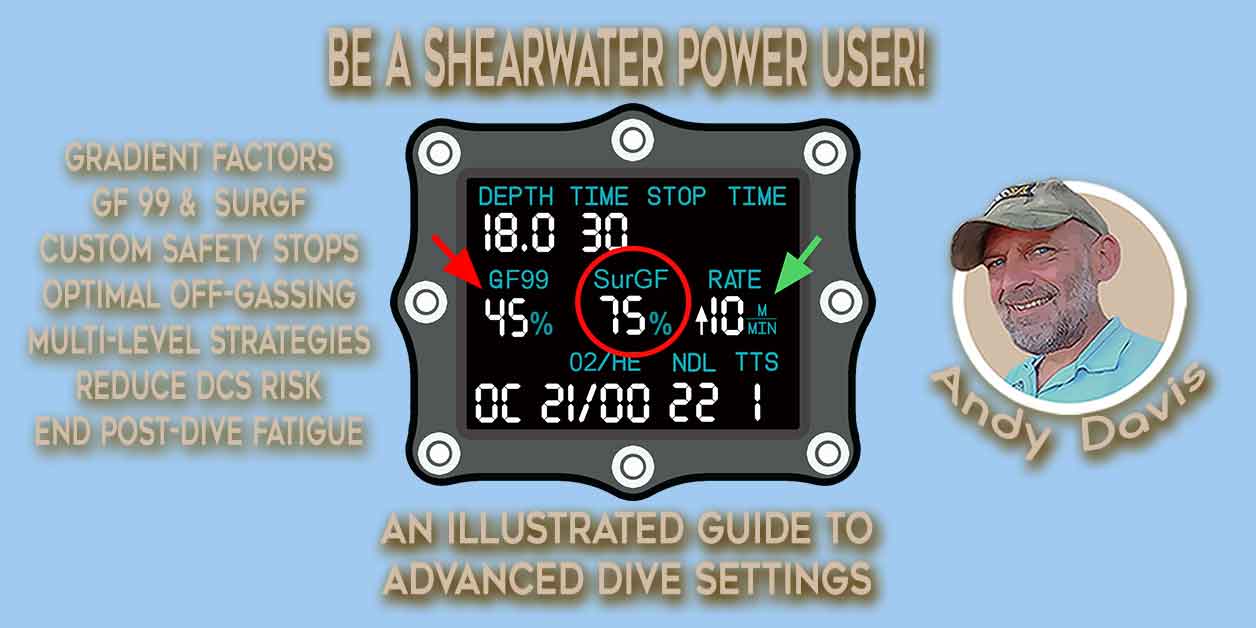OP
grassybreakfast
Registered
I don't believe in "safety stops" for deco dives. I don't know why you would need it. If you think that your planned deco stops were not enough and you now need to do a "safety stop" after you clear deco then you have piss poor planning and you should not have even started the dive.
I say plan your dive and dive your plan.
Pick what you deem an acceptable GF, plan your dive on that GF, when you computer says deco clear then you can safety surface. If you feel to you need to do a "safety stop" once you clear deco then as I mentioned be for you have piss poor planning.
Now I will say there is difference between a "safety stop" and and emergency contingency plan. So yes if you feel some twinging or something odd in a joint or you just don't feel right about the quality of your decompression then yeah listen to your body and spend 30 more min at 6m on O2 (or however much time you need)
Yeah that's totally reasonable, but why are NDL dives different? You have also picked an acceptable GF, dived on that GF, and didn't exceed NDL, so why not just surface? Or do you also not do safety stops on NDL dives?





